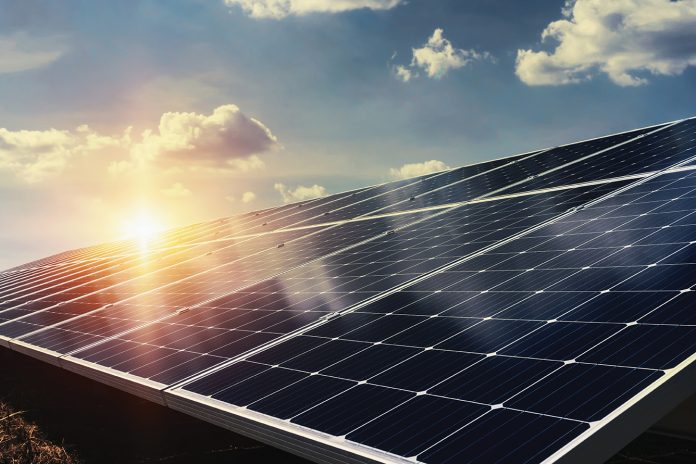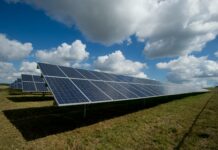
While China publicizes its attempt to shrink its carbon footprint, the largest solar company on the globe, Longi Green Energy Technology Company, registered to enter the hydrogen fuel market world. Committed to success, the company will operate as Xi’an Longi Hydrogen Technology Company.
Having founded Longi, the company’s president, Li Zhenguo, will serve as the new hydrogen firm’s chair. Shareholders are comprised of Shanghai Zhuqueying Private Equity Investment Fund Partnership and Xi’an Longi Green Energy Venture Capital Management Company.
With a market capitalization of approximately $52 billion, Longi’s solar power empire manufactures cells, panels and wavers. When announcing the decision to enter the hydrogen fuel market, the company’s shares of stock escalated around 4.9% in the country of Asia.
Common Goals
With a worldwide push to capture carbon and seek out more efficient energy sources, Longi is not alone with its business model to pursue the hydrogen fuel market. Energy companies from everywhere have had their sights set on hydrogen, a fuel free of greenhouse gas emissions. Its development targets a variety of industries that include electrical generators, steel mills, transportation fuel source and industrial machinery like forklifts.
Because it is less expensive to create than through electrolysis from renewable energy, the industry sees the majority of hydrogen supplied through fossil fuels. As a result, both individual companies and governments across the board are focusing on hydrogen technology that would enable a reduction in cost while simultaneously increasing efficiency. This thought process had been incorporated into China’s plans of carbon reduction.
Successful Reduction in Emissions
With the ability to deliver or store a large surplus of energy, hydrogen is an energy carrier. Used in fuel cells, it can generate electricity, power, and even heat. This results in a high-efficiency factor and the globally sought zero-emission outcome.
The Office of Energy Efficiency and Renewable Energy conducted an analysis on the emissions reduction of hydrogen and fuel cells. The following results were determined:
- In light-duty vehicles found on highways, emissions reduction calculated at more than 50% to more than 90% over traditional gasoline-powered vehicles.
- Specialty vehicles saw over a 35% emissions reduction beating out diesel and battery-powered lift trucks used today.
- Transit buses achieved greater fuel economies of 1.5 times better than diesel engines and almost two times greater than buses powered by natural gas.
- Auxiliary-powered units proved more efficient over idling truck engines by more than 60%.
- Combined heat and power systems outperformed traditional heat and power sources by 35 to over 50% in emission reduction output.
Long Time Coming
Longi’s transition from solar to hydrogen has been in motion for quite some time. According to Zhenguo, various sectors of low-emission power have been pursued by the company over the years. Speculating in a previous interview, he hypothesized that the end of the current decade would witness a combination of solar and storage that would serve the majority of countries as the least expensive and most efficient power source ever.














